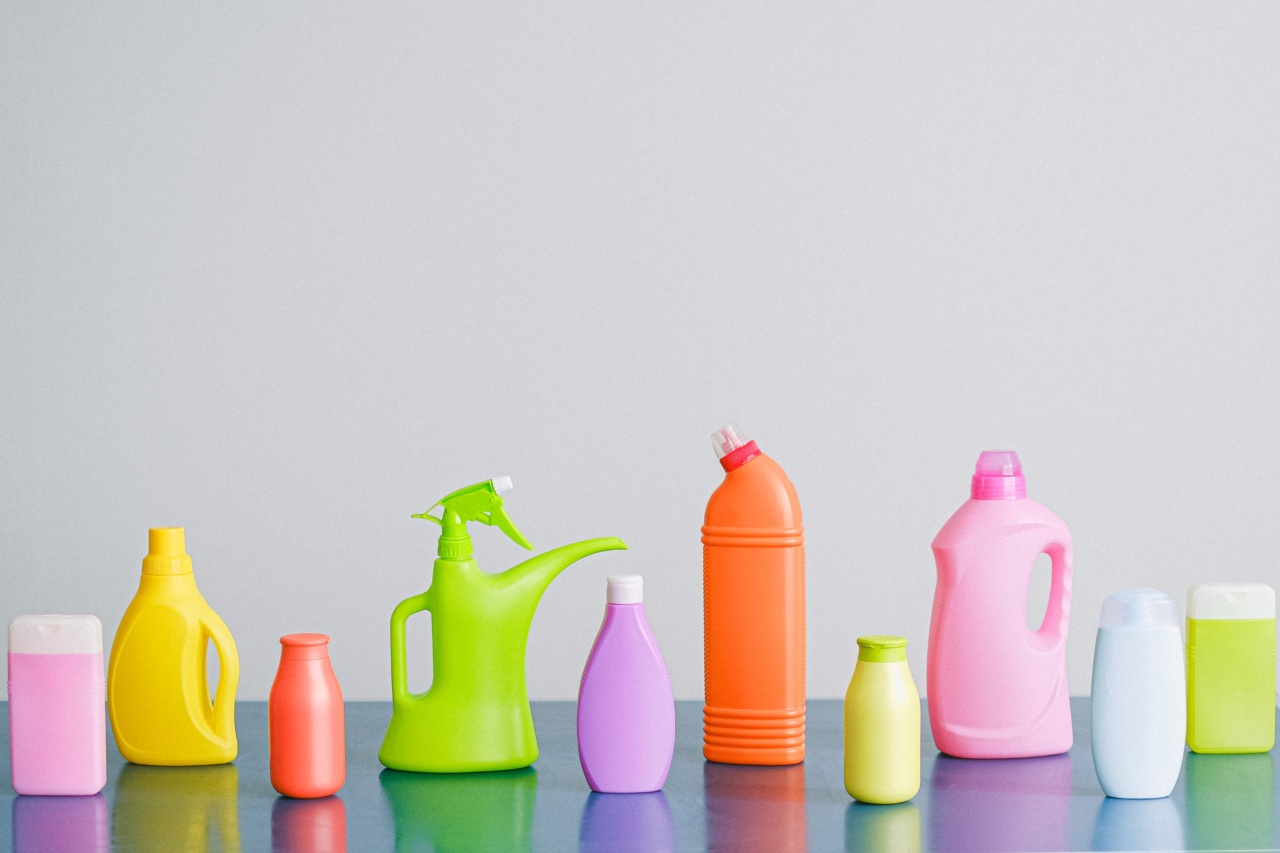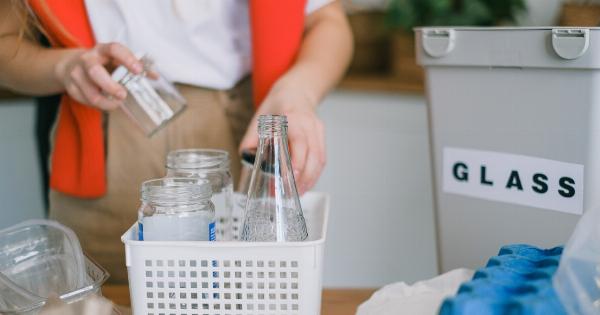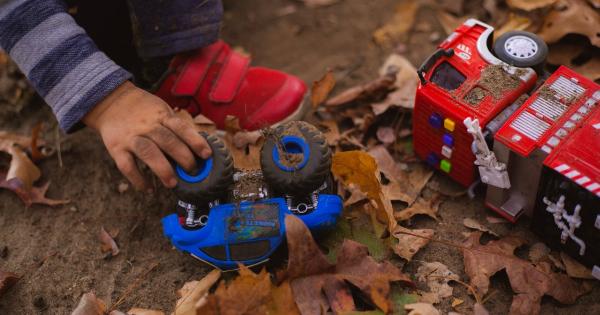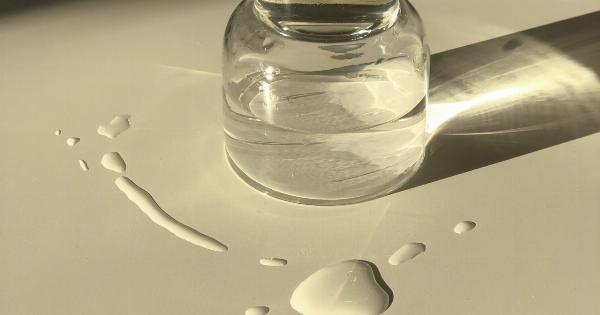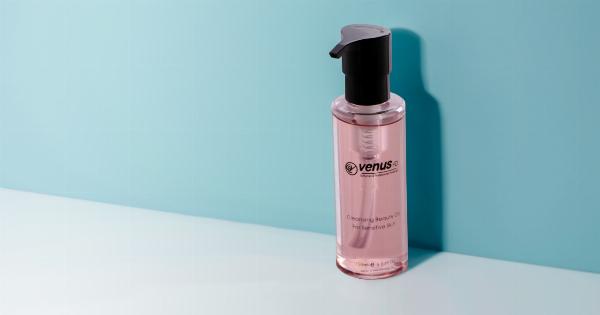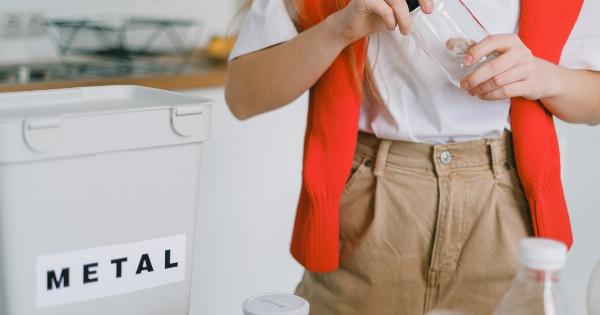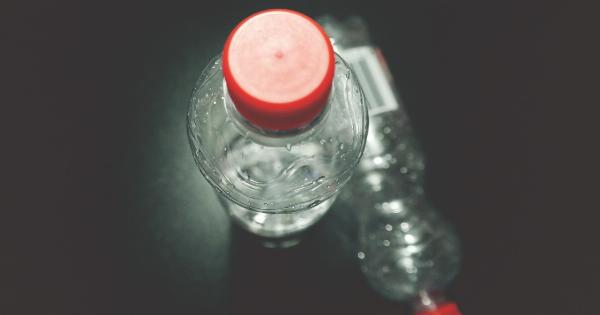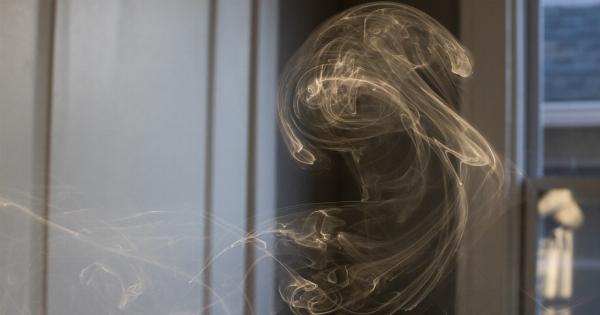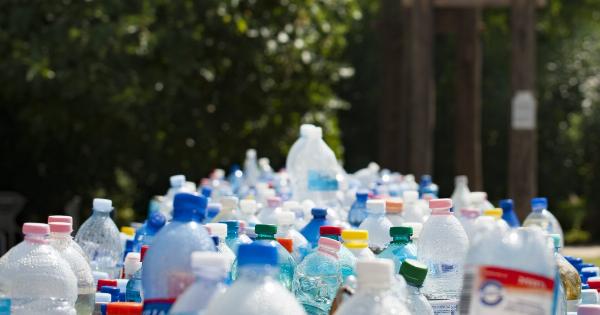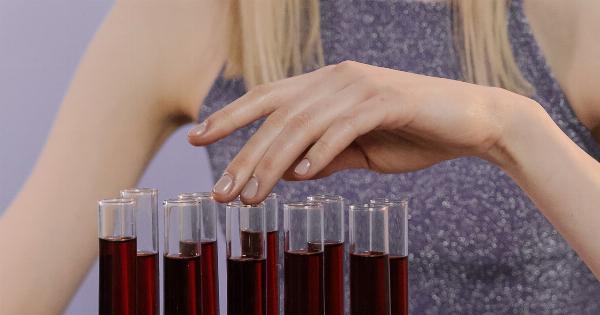Plastic bottles have been a convenient and common way of drinking water and other beverages.
While many people prefer them for their ease in carrying and their ability to store liquid in a safe and secure manner, an emerging concern is the potential health hazards of the chemicals present in these bottles. One prominent issue is the effect of certain chemical compounds on migraine headaches.
What are Migraines?
Migraines are a type of headache that affects millions of people worldwide. They are characterized by moderate to severe pain and pulsing sensation that is often accompanied by nausea, vomiting, and sensitivity to light and sound.
The symptoms of migraines can last for hours or even days, and in some cases, they can be so severe that it can significantly interfere with a person’s ability to work, study, or enjoy life.
What Chemical Compounds are Present in Plastic Bottles?
Plastic bottles are made from different types of plastic, each containing unique chemical compounds. Among the most commonly used plastics are polycarbonate, polyethylene terephthalate (PET), and low-density polyethylene (LDPE).
These plastics contain various chemical compounds that have been associated with potential health hazards.
Polyethylene terephthalate (PET) is a widely used type of plastic in the production of water and soda bottles. PET is a polymer made from the combination of ethylene glycol and terephthalic acid.
While PET is considered safe for use in food and beverage containers, it can break down over time and release toxic compounds such as antimony, phthalates, and bisphenol A (BPA).
Polycarbonate is another type of plastic used in the production of bottles. It is a strong and transparent plastic that contains bisphenol A (BPA) – a chemical compound known to have adverse health effects.
BPA is a synthetic hormone that mimics the effects of estrogen in the body, and it is known to disrupt the endocrine system and cause various health issues.
Low-density polyethylene (LDPE) is a plastic material used to produce food storage bags, squeezable bottles, and plastic wrap.
While LDPE is considered to be safe, it can also contain various chemicals that are known to have potential health effects, such as phthalates, xenoestrogens, and dioxins.
Link Between Chemical Compounds and Migraines
Studies have shown that exposure to chemical compounds present in plastic bottles can cause migraines in some people.
Chemical compounds such as bisphenol A (BPA), phthalates, and xenoestrogens have been linked to hormonal imbalances, which can trigger migraines.
BPA, which is found in polycarbonate bottles, is known to disrupt the endocrine system and alter estrogen levels in the body. This hormonal imbalance can cause headaches, including migraines, in some people.
Phthalates, which are present in various types of plastic, are known to cause hormonal imbalances, as well. Studies have shown that exposure to phthalates can result in migraines and other health problems.
Xenoestrogens are environmental chemicals that have an estrogen-like effect on the body. They can disrupt the endocrine system and cause hormonal imbalances, leading to migraines.
Xenoestrogens are present in various types of plastic, including polycarbonate, and exposure to these chemicals can cause headaches and other health problems.
Preventing Migraines Caused by Plastic Bottles
To prevent migraines caused by plastic bottles, it is essential to minimize your exposure to the chemicals present in these bottles. Here are some steps you can take:.
1. Minimize your use of plastic bottles
Reduce your use of plastic bottles by switching to glass or stainless-steel bottles instead. Both glass and stainless steel are non-toxic and do not contain the chemical compounds present in plastic.
2. Use BPA-free bottles
When using plastic bottles, make sure they are BPA-free. Many water bottle manufacturers now produce BPA-free bottles, which are safer to use.
3. Avoid reusing plastic bottles
Avoid reusing plastic bottles, as this can cause the breakdown of the plastic and the release of toxic compounds into the liquid. Instead, use a new bottle each time or choose a reusable, non-toxic bottle.
4. Store drinks in non-toxic containers
Transfer drinks from plastic bottles to non-toxic containers, such as glass or stainless steel, before consumption. This will minimize your exposure to the chemicals present in plastic bottles.
5. Drink filtered water
Drink filtered water whenever possible, as municipal water supplies may contain traces of chemicals that can cause migraines. Use a high-quality water filter to remove any impurities from the water.
Conclusion
Plastic bottles are a common way to store and consume beverages. However, they contain chemical compounds that can be harmful to human health. Exposure to these chemicals has been associated with migraines, among other health problems.
To prevent migraines caused by plastic bottles, it is essential to minimize your exposure to the chemicals in plastic by using non-toxic and BPA-free bottles, avoiding reusing bottles, storing drinks in non-toxic containers, and drinking filtered water.
